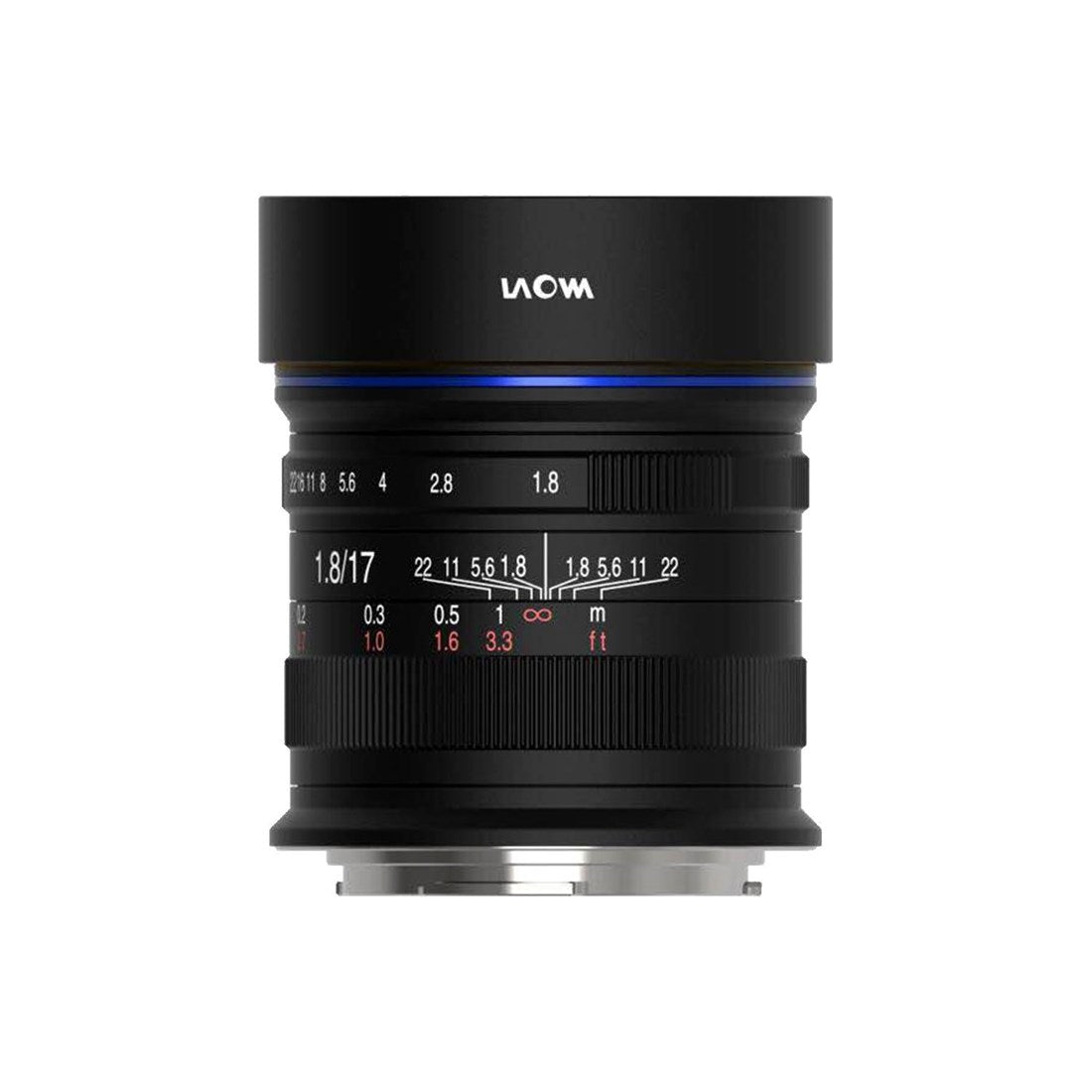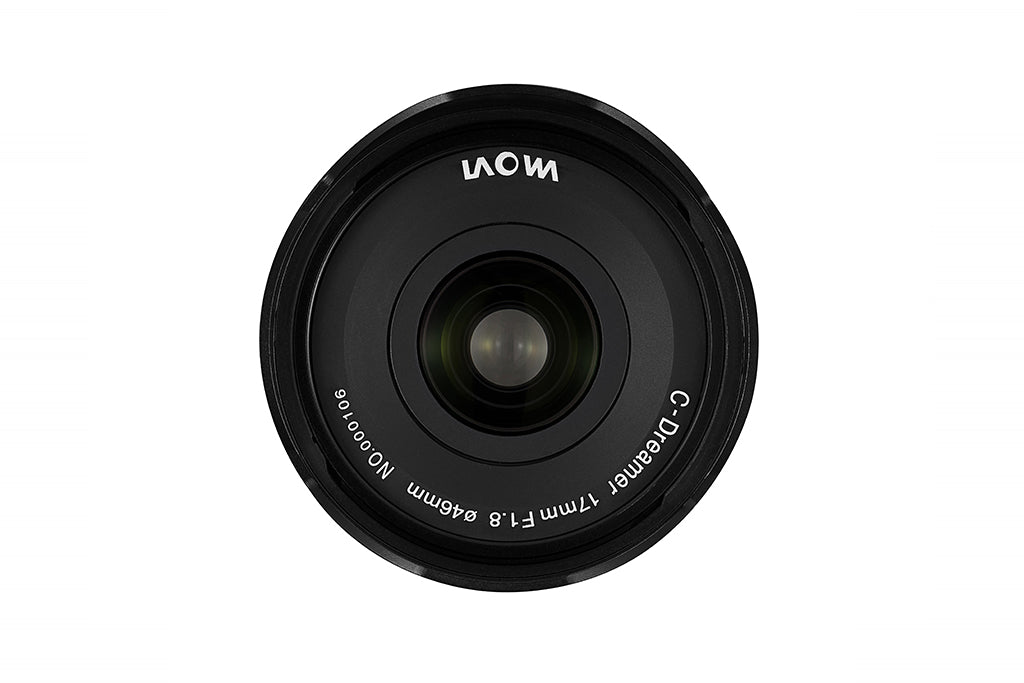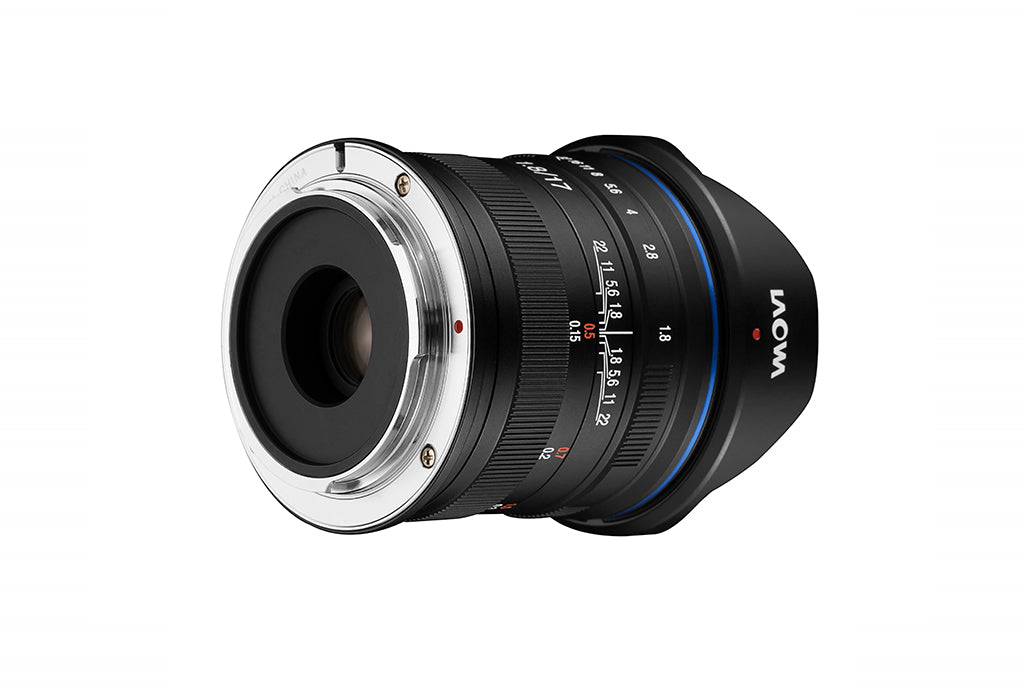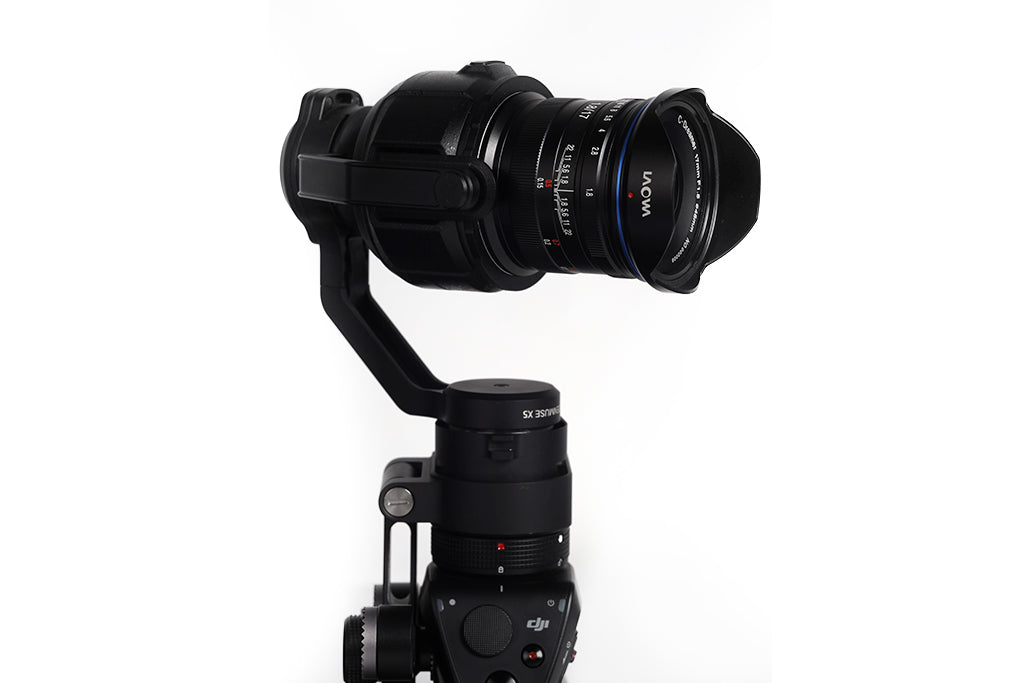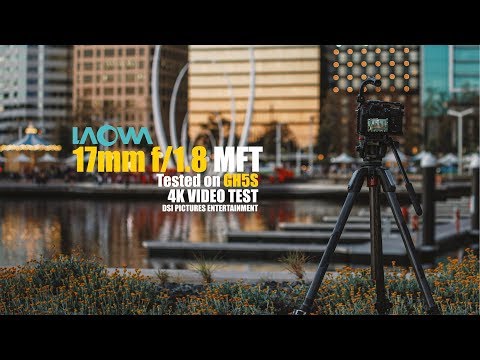Product Description
Laowa 17mm f1.8 Lens - Micro Four Thirds MFT
Laowa 17mm f/1.8 MFT is perfect for street, travel and everyday photography. Weighted 6oz (172g) only, this remarkably light, compact and agile lens serves as an exceptional complement to MFT cameras. It is a great tool that should be in every photographer’s kit bag. The wide angle of view(65°) paired with the large f/1.8 aperture can easily handle different lighting conditions. The lens houses nine elements in seven groups and has a seven-blade diaphragm to give a traditional Sunstar rendering in out-of-focus highlights. It has a minimum focus distance of 15cm and a 46mm filter thread.

Laowa 17mm f/1.8 MFT is perfect for street, travel and everyday photography. Weighted 172g only, this remarkably light, compact and agile lens serves as an exceptional complement to MFT cameras. It is a great tool that should be in every photographer’s kit bag. The wide angle of view (65°) paired with the large f/1.8 aperture can easily handle different lighting conditions. The lens houses nine elements in seven groups and has a seven-blade diaphragm to give a traditional Sunstar rendering in out-of-focus highlights.





The 17mm gives the equivalent to a 34mm angle of view on a full-frame sensor. Optimized for M43 system, the resulting images deliver stunning details and contrast across the entire frame, even at a wide-open aperture. The vibrant colour rendering results in high saturation, leaving the photograph impressively pleasing straight out of the camera.

© Richard Wong

© Richard Wong

© Richard Wong

© Udom Sathanurukkul

© Udom Sathanurukkul

© Udom Sathanurukkul

© Jimmy Chan
f/1.8 Fast aperture
An ultra-fast f/1.8 maximum aperture not only creates smooth bokeh with its rounded 7- blade diaphragm, but also offers great low-light performance. Despite the fast aperture, sharp, high-contrast images of distant subjects can be captured at any aperture. It is an Ideal lens for portraits, landscapes, travel and all-purpose imaging.

© Richard Wong

© Jimmy Chan

© Udom Sathanurukkul

© Udom Sathanurukkul

© Udom Sathanurukkul
Light and Compact
Weighted 172g only, this remarkably light, compact and agile lens serves as an exceptional complement to MFT cameras. It is a great tool for still-life shots, street and travel photography.

© Richard Wong

© Jimmy Chan

© Richard Wong

© Richard Wong
Close Focusing Distance
This lens has a 5.9” (15cm) minimum focusing distance that greatly benefits working with close-up subjects in detail. Photographers can make use of the “Mini-macro” feature to capture macro shots with shallow depth of field, creating smooth out-of-focus blurring and good subject separation from the background.

© Micael Widell

© Jimmy Chan

© Jimmy Chan
Excellent Performance in Videography
Attributed to the compact and light body, the 17mm f/1.8 lens is a portable and on-the-go option for videographers, both handheld and on gimbals. The high-performance optical design incorporates one Super ED (extra-low dispersion) glass element that delivers high-definition images with minimum ghosting and flare, broadening your shooting potential in challenging situations.
Drone Friendly
On top of traditional M43 cameras, this lens is also drone-friendly. It is compatible with the DJI X5 camera, making it an alternative lens for aerial photography and videography.
For full specifications click Here

